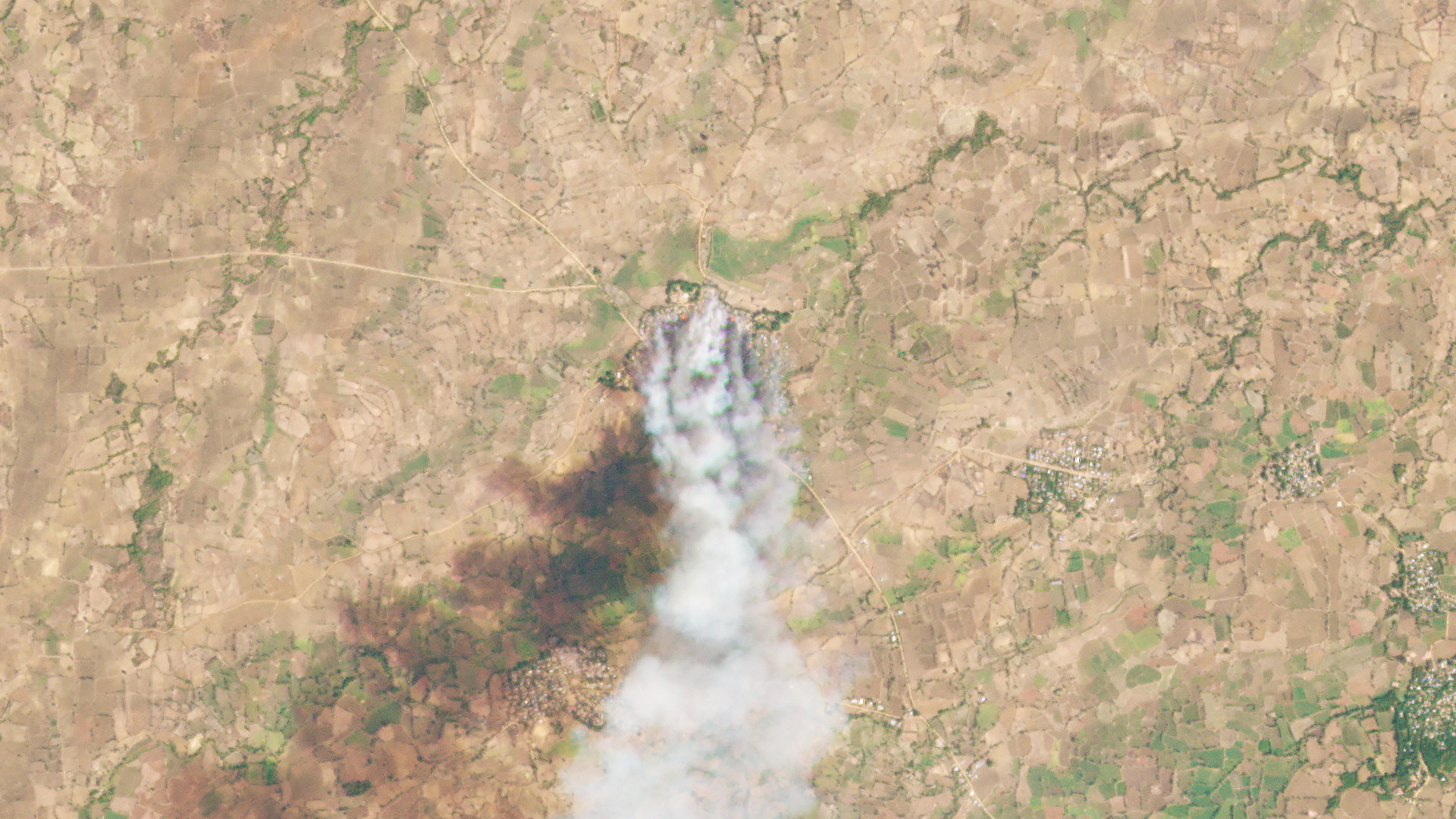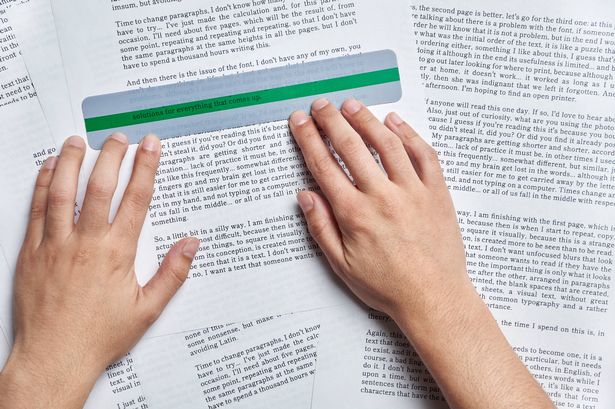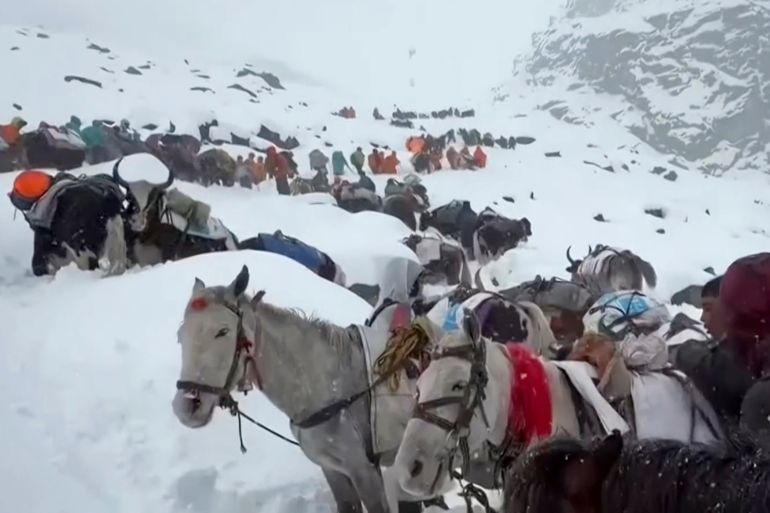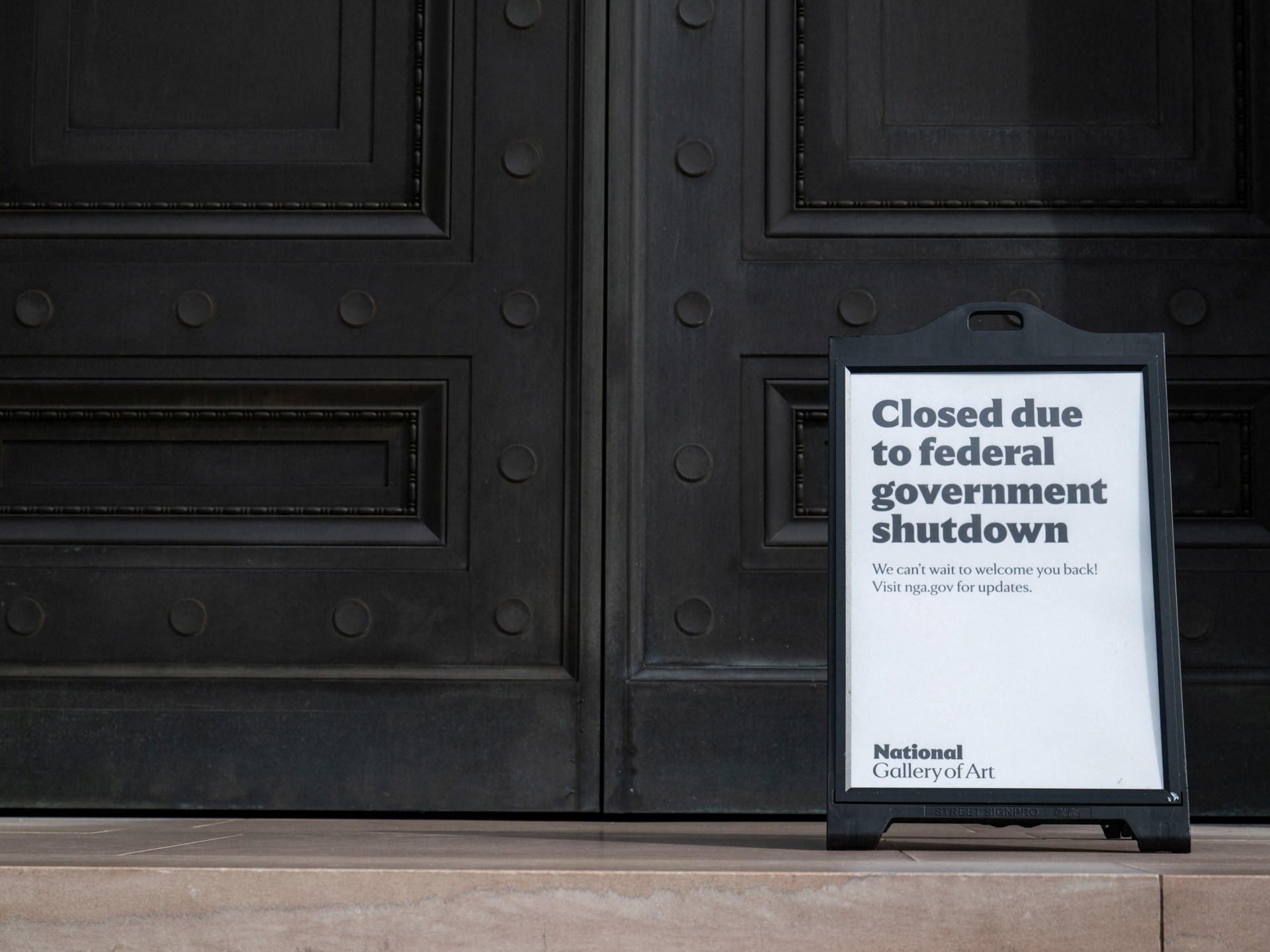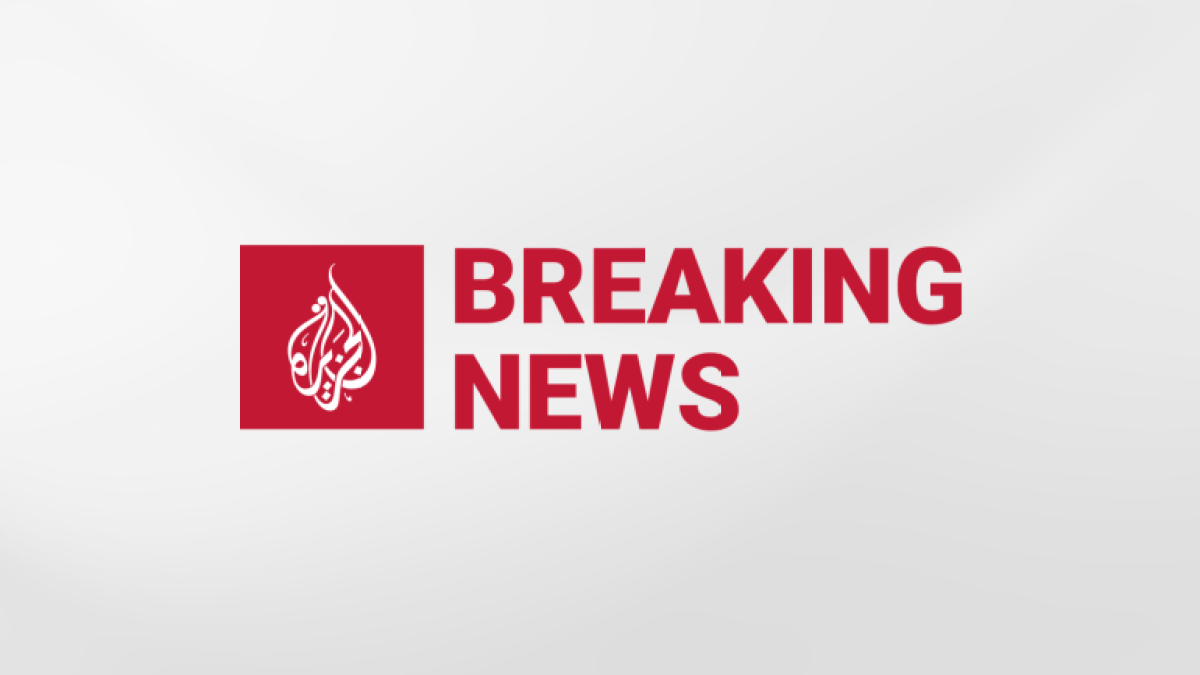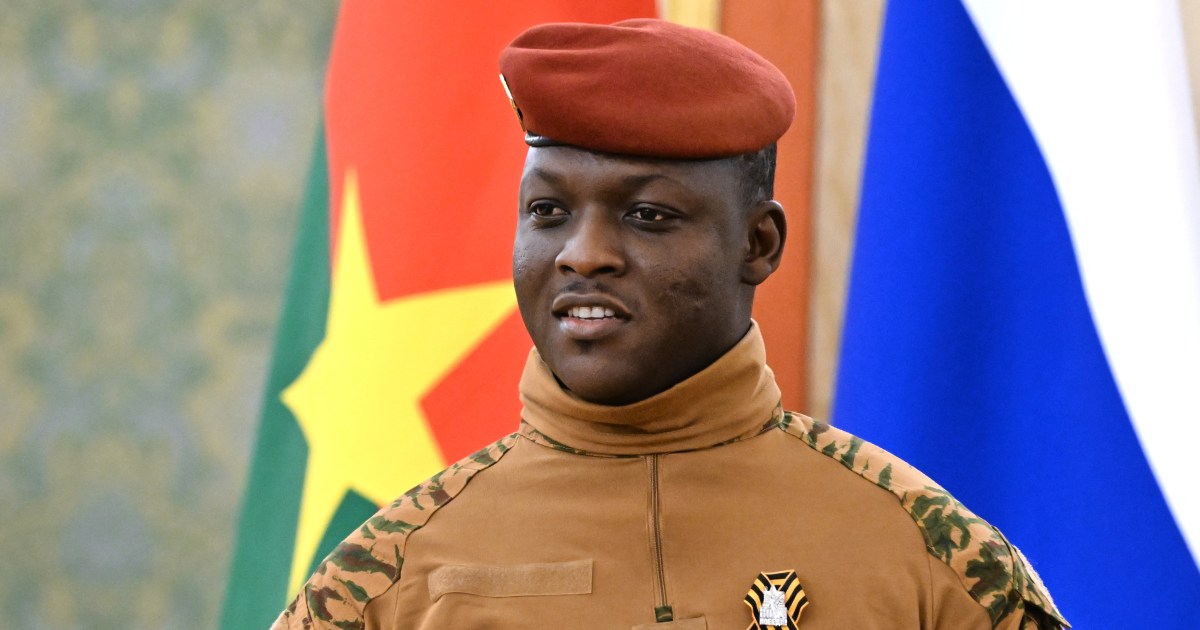More than 20 people were killed in central Myanmar after the military launched motorised paraglider attacks during an antigovernment candlelight vigil, according to Amnesty International and media reports.
The attacks hit a village in Myanmar’s Sagaing Region twice on Monday night as community members gathered to mark a Buddhist festival and call for the release of political prisoners, among other demands, the reports said.
Recommended Stories
list of 4 itemsend of list
“This would be the latest in a long line of attacks that stretch back almost five years to the start of the 2021 military coup,” said Amnesty International Myanmar Researcher Joe Freeman.
“As the military attempts to solidify power with a stage-managed election later this year, it is intensifying an already brutal campaign against pockets of resistance,” he said.
The attacks on Chaung-U Township came in two waves at 8pm (13:30 GMT) and then again at 11pm (16:30 GMT), killing between 20 and 32 people and injuring dozens more, according to The Irrawaddy, an independent news outlet based in Thailand.
The official death toll has not been confirmed, but the use of motorised paragliders is a known tactic from Myanmar’s military to drop munitions on civilian locations, according to the UN Human Rights Office.
Myanmar has been torn by civil war since 2021 between the military-led government, armed opposition groups, and ethnic armed organisations following a military coup that removed a democratically elected leadership.
The conflict has killed more than 75,000 people and displaced more than 3 million, according to UN estimates.
The military has frequently attacked ethnic minority civilians or communities like Chaung-U Township that are near strongholds of armed groups, according to rights groups.
A 2024 BBC investigation estimated that the military only controlled about 20 percent of the country, while armed opposition and ethnic armed groups controlled about 40 percent of Myanmar’s territory, with the rest territory contested by the various forces.
The military government lifted a long-running state of emergency in July and called for elections at the end of the year, but critics, like the government of Japan, say a peace process is first needed before Myanmar can restore a “democratic political system”.
Amnesty International’s Freeman called for more action from international groups like the Association of Southeast Asian Nations (ASEAN) and the UN.
